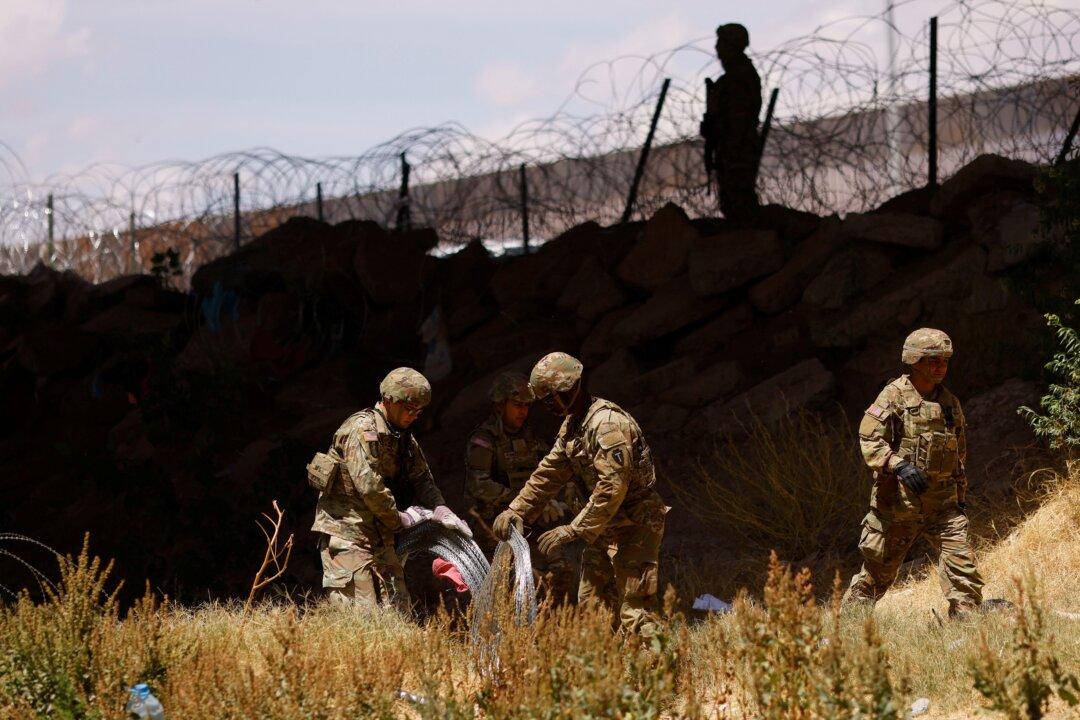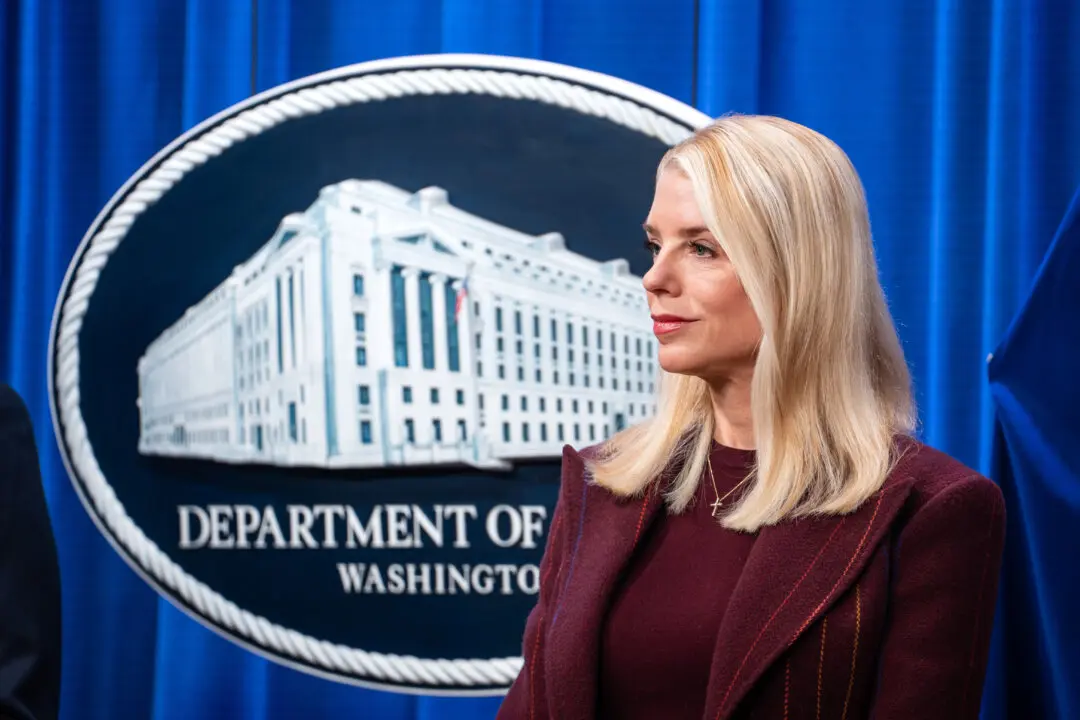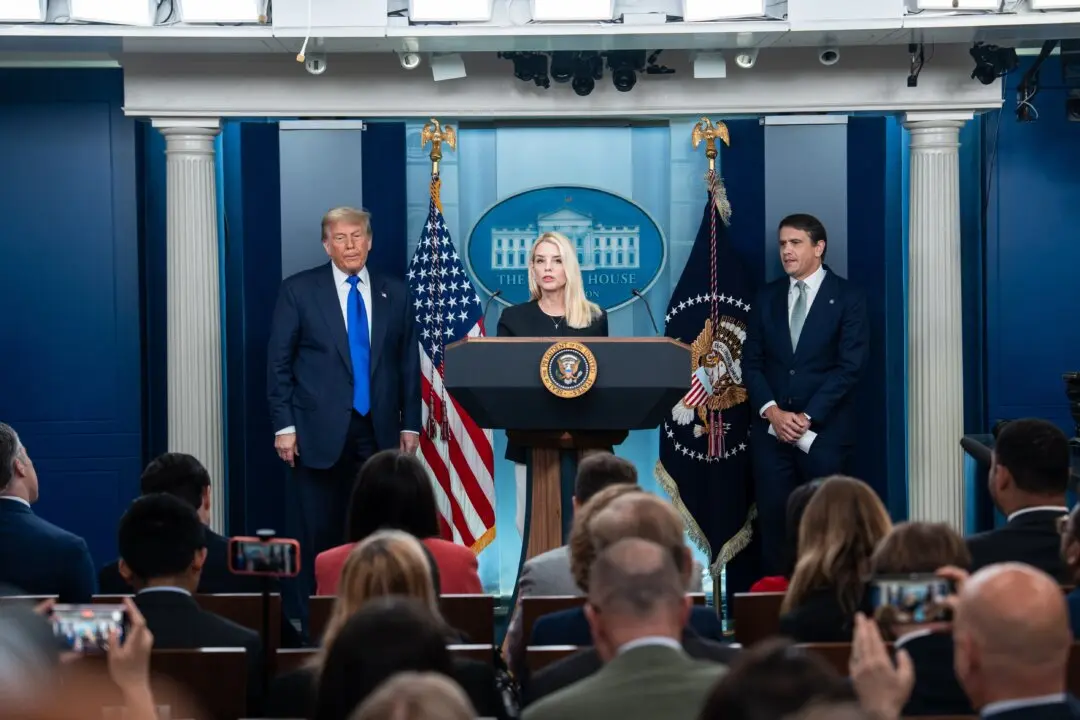Not long ago, the active-duty military derided National Guard and Reserve units as “weekend warriors.” But, as the Pentagon relies more heavily on citizen soldiers, the chiefs of each military branch’s guard and reserve components are calling for modernization of equipment, training, and increased benefits.
“It’s a matter of readiness,” Gen. Daniel Hokanson, Chief of the National Guard Bureau, told the Defense Subcommittee of the Senate Appropriations Committee on June 1.





